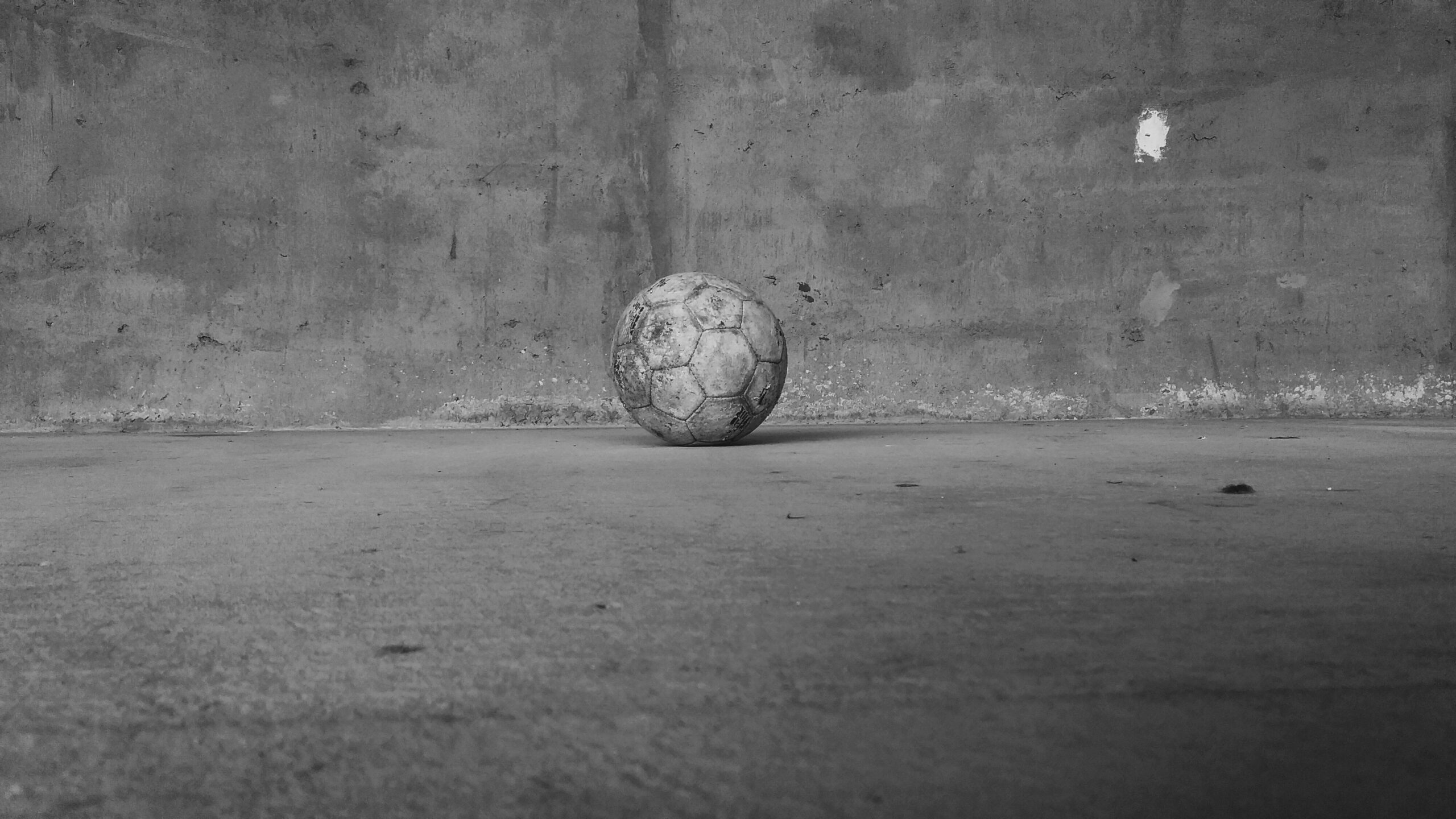On January 20th, 2023, Brazilian football star Dani Alves was arrested after being accused of raping a 23-year-old woman during a party in Barcelona. The Spanish court ordered Alves to be held in custody considering the high flight risk and awarding credibility to the woman, whose statement was persistent and showed no contradictions. The alleged victim has also announced she will not seek financial redress if Alves is found guilty. Due to the international popularity of the footballer, newspapers all over the globe have picked up the story, reopening the debate around sex crimes.
Sexual assault cases like this are nothing new; diverse international studies suggest that such problems are widespread within elite male sport, as athletes are over-represented as perpetrators of sexual assault. Football stars such as Maradona, Neymar, and now, Alves, are some of the names one could think about when putting together the words alleged sex crime and football. When cases like these happen, the media coverage is extreme, and the public opinion debate around sexual abuse usually gains momentum. While engaging in this discussion, sometimes internal contradictions flourish, and both journalists and the public find themselves immersed in an internal debate on how to “mourn” an idol accused of sexual violence. The way these stories are presented in the news media has an effect in shaping publics’ perceptions of sexual assault, but also in how they think of sex offenders and victims of sex crimes. This makes it an interesting topic of study for public opinion scholars, as well as a relevant societal discussion. What do we know about how the media reports sex crimes involving elite athletes? And sex crimes in general?

Sex crimes involving elite athletes
According to a study published in the Journal of Australian Feminist Studies, there is a common and recognizable pattern in the media reporting of sex crimes involving elite athletes. While athletes are frequently represented as innocent and victimized, the alleged victims are often questioned, blamed and responsibilized. This is mainly achieved by evoking stereotypes that negate the claim of rape, such as a possible economic motivation from the alleged victims. A study from Eastern Michigan University further develops this topic and analyzes whether there exists a difference in the arrest and conviction rates of athletes accused of these types of crimes. The results show that, when looking at domestic violence and sexual assault cases among athletes – both collegiate and professional -, the arrest and conviction rates are way lower than those involving non-athletes. However, researchers have not been fully able to correlate this fact with the favorable treatment of athletes in court because of positive media coverage. They explain how factors such as the high economic level of the athletes, which translates to their ability to hire top-notch lawyers, or the media pressure and questioning of the victims, which may push them to drop the charges to avoid attention, may also play a role in explaining this difference.
Since Alves’ case became part of the news agenda, diverse Spanish journalists have expressed their concern regarding the treatment that the former FC Barcelona player has received by other journalists or public figures. For example, in a publication on her personal Twitter account, the journalist Marta Arráez criticized the approach taken by the newspaper ‘20 Minutos’ when reporting this case. Her critique focuses on how the newspaper reports the consequences that the footballer will face in case of being found guilty. However, it lacks to address the story from the alleged victim’s perspective.
Another example is the opinion piece written by Laia Mauri, who criticized the double standards that some people show when condemning sexual abuse cases. The journalist took the declarations of Barcelona coach Xavi Hernández as an example, who expressed being “in shock” by the facts and to “feel sorry” for Alves. She reflects on the victimizing narrative that exists sometimes around the figure of the sex offender, and how Xavi’s state of shock can be explained by the myths that have been built and perpetuated around it, and that are now part of our social imaginary. Why is it hard for us to imagine that a footballer can be a sex offender?
Myths of the sex offender
According to a study conducted between 2016 and 2018 by different Spanish universities, more than 80% of sexual assaults against women are committed by people who knew the victim previously. Yet, sex offenders are often conceived primarily as strangers. We tend to imagine them as outcasts, as people who are not able to follow social norms, are sexually frustrated, and have struggles going on dates. The reason why this image is so widespread has a strong connection to how the media has framed the figure of sex offenders over the years. Even though they represent a rather diverse group, the sex offender is commonly featured in the media as the ‘unknown sexual assaulter/rapist’, which is usually described as a monster or a psychopath. Thus, according to the media discourse, those who commit sex crimes have unique, unknown, and monstrous identities. Since these stereotypes facilitate the communication of sex crimes, their routinized exposure can materialize into a social reality, and lead the public to construct an image of sex offenders based on false assumptions. It is no surprise then, that the myth of the unknown sex offender collides with the public reality when the accused is a well-known figure such as Dani Alves.
Nonetheless, a study conducted in the US in 2022 found another type of media representation of sex offenders: the humanized sex offender. The study analyzed different news articles and concluded that in some cases sex offenders were positively framed by journalists. The researchers noted that the humanized sex offender frame was mainly used when the crime reported concerned a young person perpetuating the sex crimes. In those cases journalists would present sex offenders as individuals perfectly adapted to society; by regularly referring to them as ‘employees,’ ‘neighbors,’ or ‘clients’. Moreover, the perspectives of sex offenders and their stories were frequently shared, humanizing this way their figure and provoking an empathetic response from the readers. Finally, the speeches that accompanied the humanized sex offender frame were also characterized by the promotion of a restorative outlook on the crime committed. When it comes to elite athletes, any study has explored so far whether they benefit from the humanized sex offender frame. It should be noted that in those cases third factors such as the public’s prior knowledge of the alleged sex offender, or the newsworthiness of reporting a crime involving a famous figure should be taken into consideration.
The difficult role of the media
As stated before, how the news media report stories involving sex crimes has an effect in shaping publics’ perceptions of sexual assault. Moreover, media representations have an effect that goes beyond shaping public opinion, as researchers have also found connections between specific media frames and policy responses. Thus, journalists and media companies have a certain responsibility when reporting these cases. On occasions, the approach they take is problematic since it offers a permissive outlook of these crimes. By providing a humanized perspective of the sex offender, they protect and victimize him, which may have great consequences for the victims. For example, it is known that lawyers increasingly recommend victims of sex crimes to renounce any economic compensation in order to have more credibility. However, the role of the media is more complicated than that, and even though many of us would like journalists to be more condemnatory with alleged and condemned sex offenders, there exists an added legal difficulty when talking about sex crimes. On this account, factors such as the presumption of innocence, or possible defamation lawsuits should be carefully taken into consideration by journalists.
So, the debate on how the media reports sex crimes has numerous dimensions: while there are consequences in perpetuating a demonized and biased image of what a sex offender should look like, there also exist numerous negative outcomes in humanizing their figure. In the meantime, journalists have the difficult task to stay neutral in their reports, but also to raise awareness. Ideally, respecting the presumption of innocence of the defendant without questioning the alleged victim.
It is yet to be seen if Alves will be condemned for alleged rape or not. In any case, the debate is now open, and approaching it from a media perspective can shed some light on its main points and implications.


